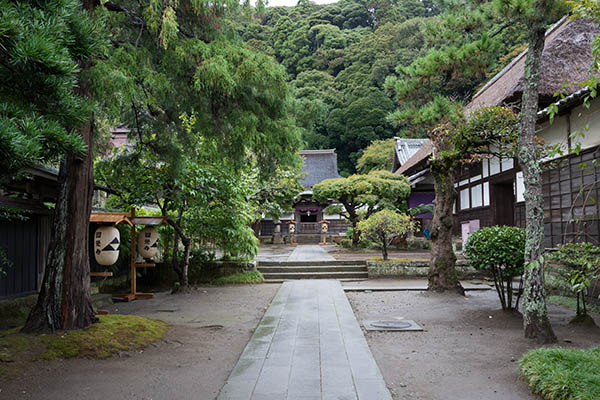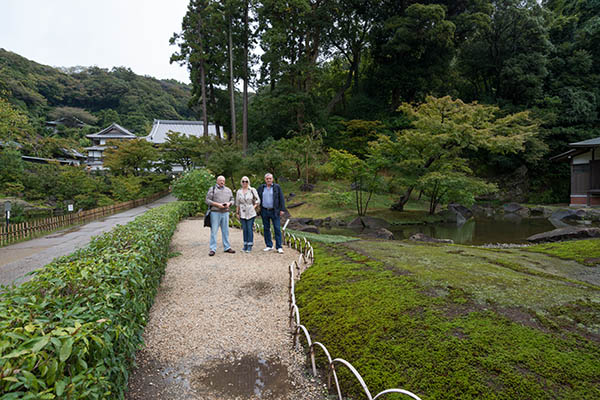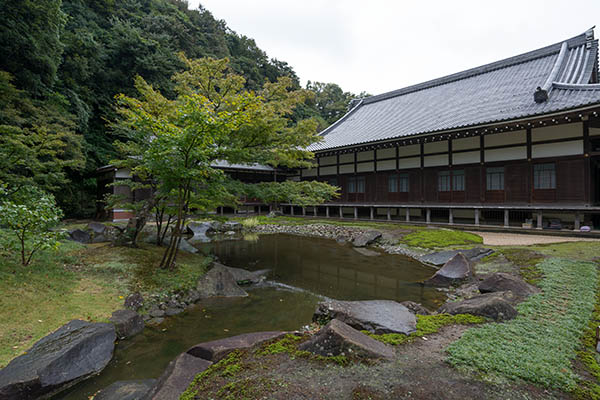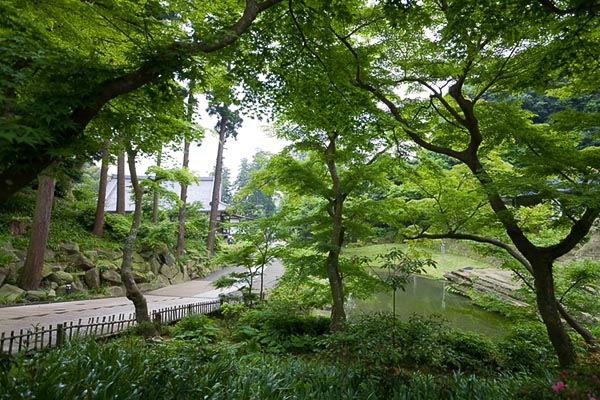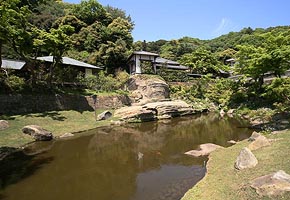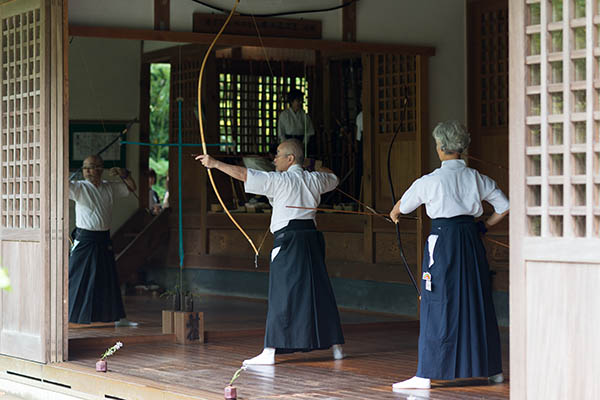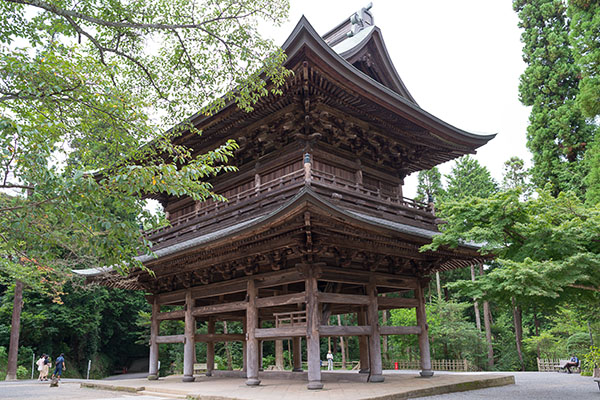KamakuraDaibutsu, Kamakura2013-11 (C) Sei Yoshimoto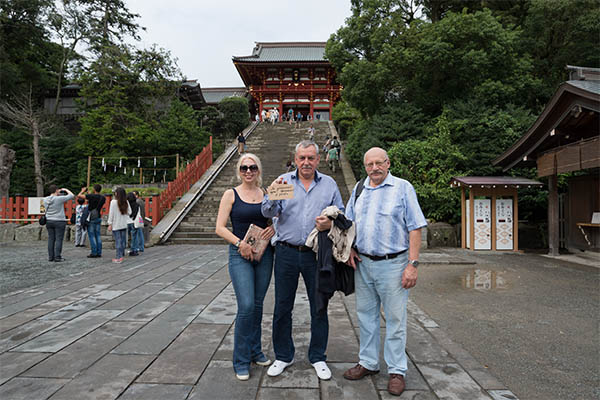 Tsurugaoka Hachimangu Shrine, Kamakura2006-05, (C) Sei Yoshimoto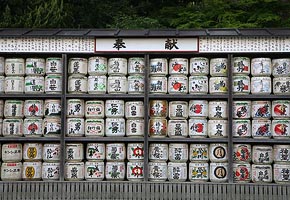 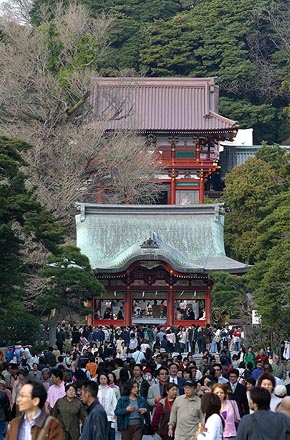 Tsurugaoka Hachimangu Shrine, Kamakura2004-04, (C) Sei YoshimotoTsurugaoka Hachimangu Shrine, Kamakura2012-03, (C) Sei YoshimotoTsurugaoka Hachimangu Shrine, Kamakura2013-10, (C) Sei Yoshimoto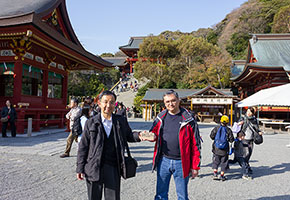 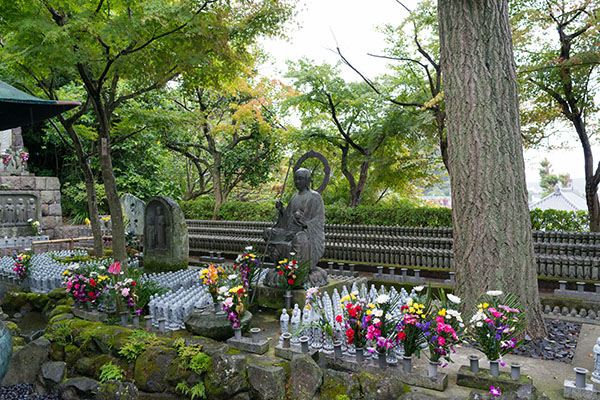 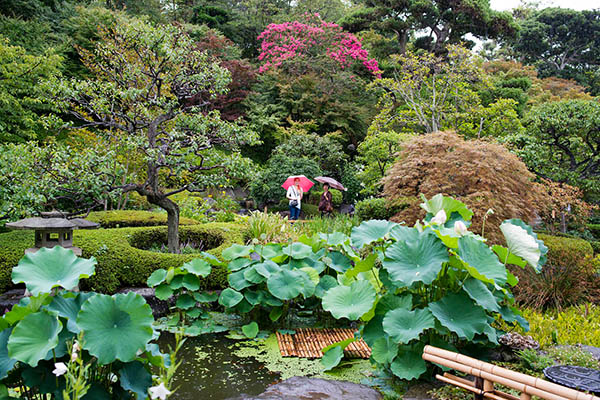 Hasedera, Kamakura2012-08 (C) Sei YoshimotoHasedera, Kamakura2012-08 (C) Sei Yoshimoto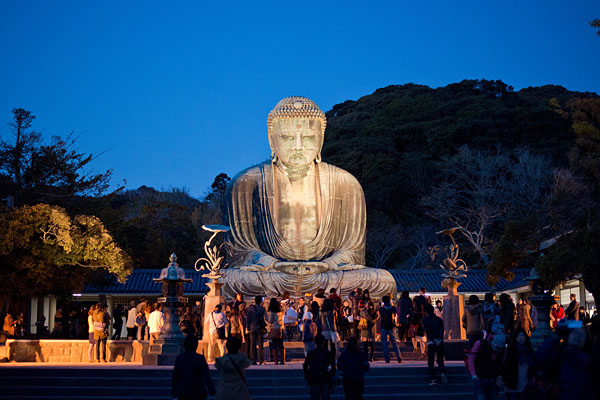 |
KamakuraKamakura is a small historical city located at 50km south of Tokyo. In 1192 a capital of the first military government was established here by Minamoto Yoritomo, founder of the Kamakura shogunate. (At the same time an official capital embracing the Emperor existed in Kyoto.) There are more than 80 historical temples and shrines in Kamakura. Temples in Kamakura are mainly for Zen Buddhzm and are keeping exquisite atmosphere with simplicity, tranquility, and harmony with nature.
|
|||||||||||||||||||||||
Engakuji TempleEngakuji was built by Hojo Tokimune in 1282, after two invasion attempts by Mongols were reverted, in order to express his gratitude of the victory and to pay respect to the fallen Japanese and Mongolian soldiers. Enkakuji often provides Zazen courses open to public. SharidenShrine of scared tooth of Buddha |
||||||||||||||||||||||||
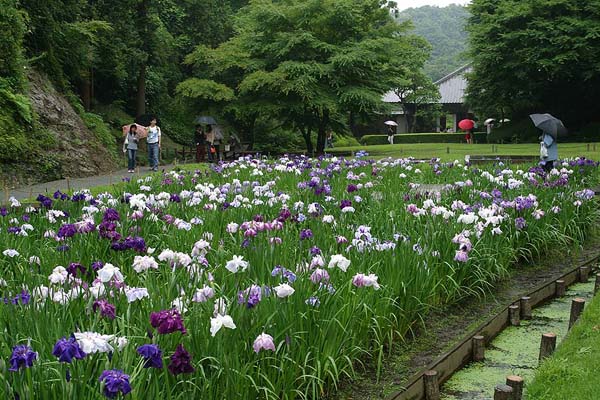 Meigetsuin Temple, Kamakura2004-06, (C) Sei Yoshimoto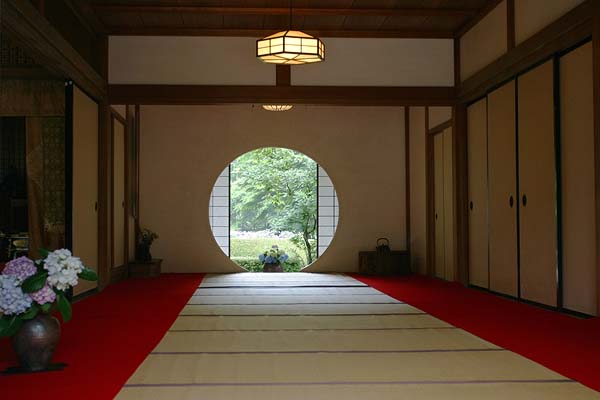 Irises Bloom, Meigetsuin Temple, Kamakura2004-06, (C) Sei Yoshimoto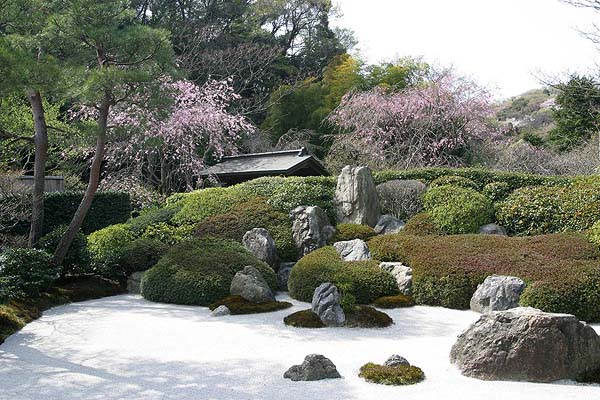 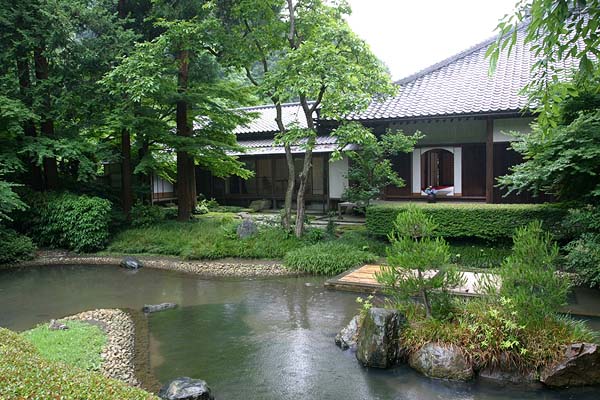 Backyard Garden, Meigetsuin Temple, Kamakura2004-06, (C) Sei YoshimotoKaresansui Garden, Meigetsuin Temple, Kamakura2004-04, (C) Sei Yoshimoto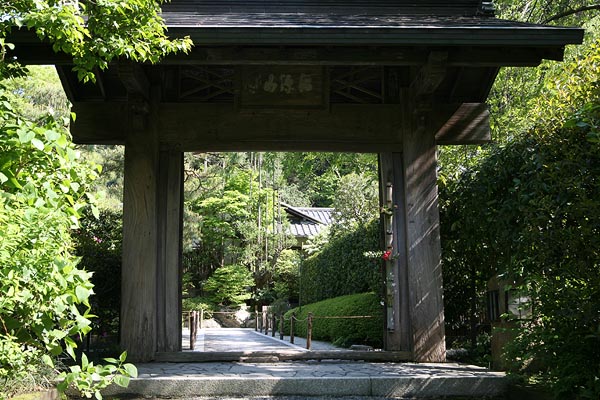 Sanmon, Meigetsuin Temple, Kamakura2006-05, (C) Sei YoshimotoMeigetsuin Temple, Kamakura2004-06, (C) Sei Yoshimoto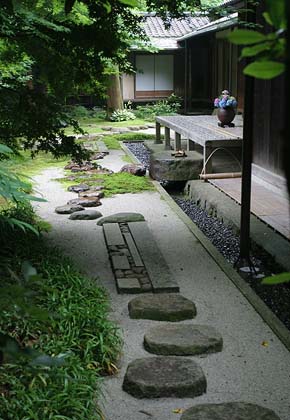 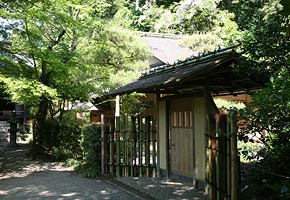 Gasshoken Teahouse, Meigetsuin Temple, Kamakura2006-05, (C) Sei YoshimotoIrises Bloom, Meigetsuin Temple, Kamakura2008-06, (C) Sei Yoshimoto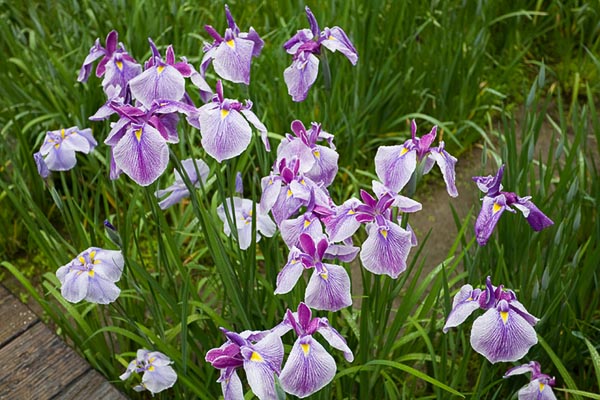 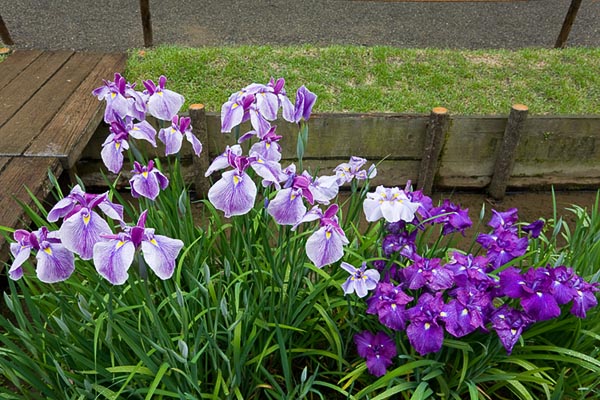 Irises Bloom, Meigetsuin Temple, Kamakura2008-06, (C) Sei Yoshimoto |
Meigetsuin Templeis one example of a small Zen Buddhzm temple in Kamakura. It has exquisite simple atmosphare and harmony with nature. Meigetsuin is well-known for Ajisai (Hydrangea), and the temple is full of hydrangea flowers in June. IrisAlthough hydrangea is the most famous flower of this temple, people can enjoy varaiety of flowers in every season. Iris in rainy season is also beautiful. |
|||||||||||||||||||||||
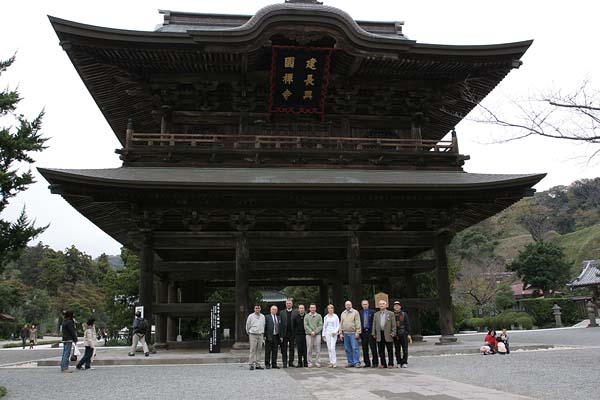 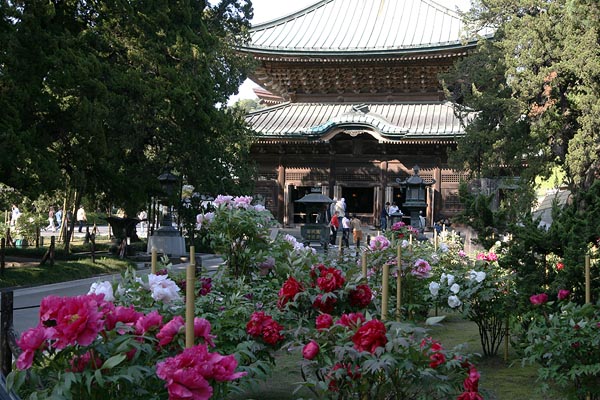 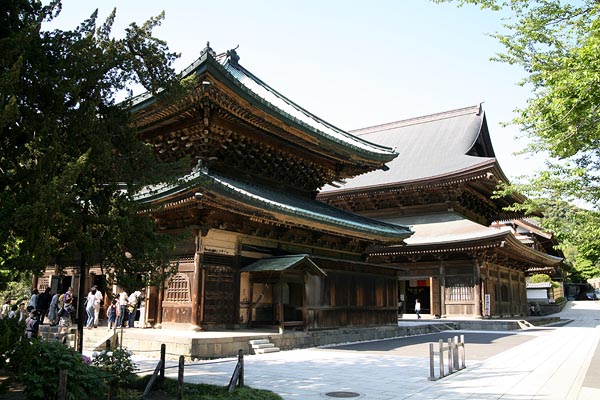 Sanmon, Kentyoji Temple, Kamakura2004-11, (C) Sei YoshimotoButsuden, Kentyoji Temple, Kamakura2006-05, (C) Sei YoshimotoButsuden and Hatto, Kentyoji Temple, Kamakura2006-05, (C) Sei Yoshimoto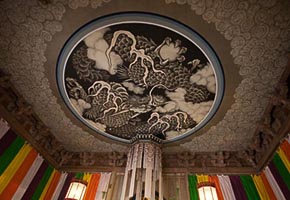 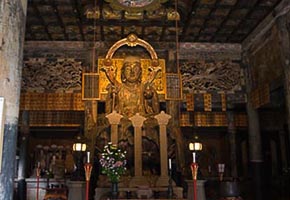 Butsuden, Kentyoji Temple, Kamakura2008-06, (C) Sei YoshimotoHatto, Kentyoji Temple, Kamakura2008-06, (C) Sei YoshimotoHojyo, Kentyoji Temple, Kamakura2006-05, (C) Sei YoshimotoHojyo and Karamon, Kentyoji Temple, Kamakura2006-05, (C) Sei Yoshimoto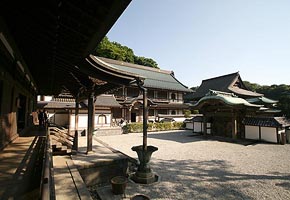 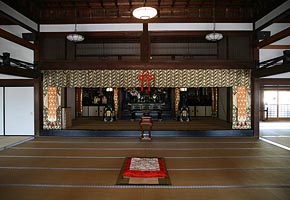 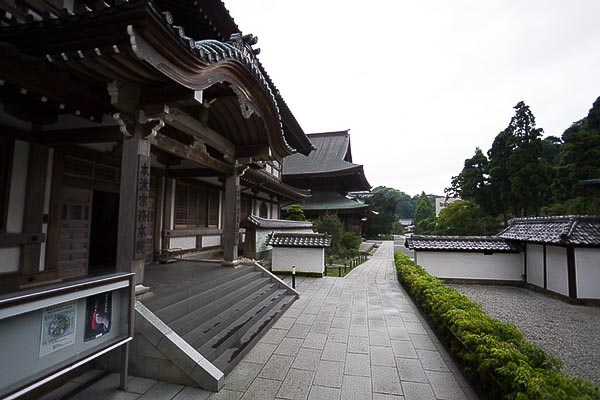 Kentyoji Temple, Kamakura2008-06, (C) Sei Yoshimoto |
Kentyoji TempleKenchoji was built by Hojo Tokiyori in 1253. It is the oldest Zen training monastery in Japan and is the first-ranked of the five great Zen temples in Kamakura. HojyoHojyo was a chief priest's residence, but now is used for reliegious services. |
|||||||||||||||||||||||
This is an experimental page being prepared for NPO InterCoS to introduce Kamakura.
|
||||||||||||||||||||||||

